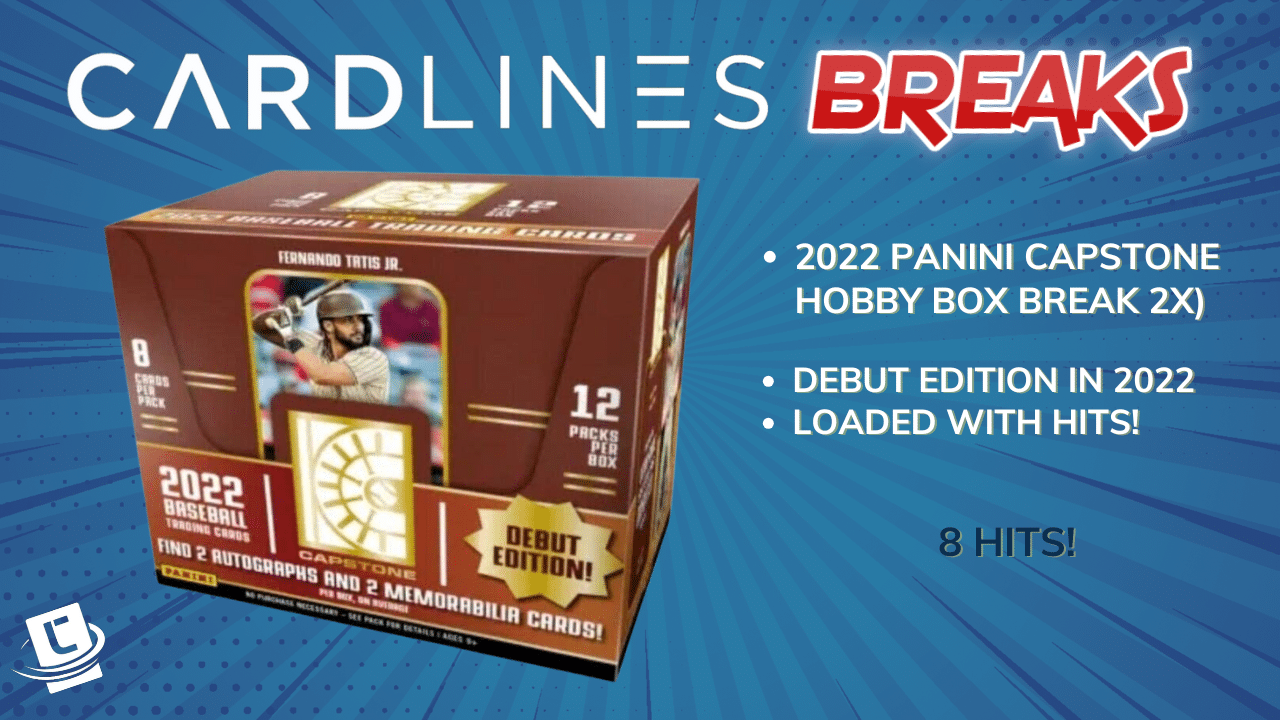

A new class is entering Cooperstown in 2022. We are offering full coverage here at Cardlines. Today we will analyze Golden Days Era Committee Hall-Of-Famer cards for your reading pleasure.
The World Series is over. Then the CBA expired, and we had a lockout. That’s a bummer for baseball fans for sure, but at least it’s Hall of Fame season!
This year’s awkwardly named “Golden Days Era” election was recently announced. The ballot focuses on players who made significant contributions from 1950 – 1969. First, let’s explore vintage players, their rookie cards, and the Golden Days ballot, then discuss the results.
A player becomes eligible for election into the Hall of Fame five years after retirement. Players initially appear on the ballot to be voted on by the Baseball Writers Association of America (BBWAA). A player appears on the ballot until elected by appearing on 75% of ballots. Alternatively, they drop off the ballot by appearing on less than 5% of selections or appearing on the ballot for 10 years without being elected.
Induction into the Hall of Fame isn’t off the table when a player drops off the ballot. The Hall of Fame knows the case for some players may get stronger over time. Therefore, the Hall has a series of committees designed to reevaluate the cases further down the line.
These committees consist of 16 members that meet in person and vote. Like the BBWAA ballot, 75% or more of the vote is required for induction, in this case, 12 out of 16 votes.
The Golden Days Era, which we’re discussing today, covers 1950-1969, and there is an election every five years. The committee consists of 16 members, and like the BBWAA ballot, 75% or more of the vote is required for induction. In this case, an induction requires 12 out of 16 votes.
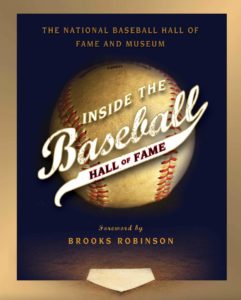
Interested in Hall Of Fame books? (look for some on Amazon)
The Modern Baseball Era covers 1970-1987 and convened twice every five years. Meanwhile, the Today’s Game Era election covers 1988 to the present. We’ll explore those other ballots in future articles as they get closer and ballots are announced.
In a bit of a surprising development, the Golden Days Era Committee elected FOUR players as part of the 2022 Baseball Hall of Fame class.
Minoso, Hodges, Jim Kaat, and Oliva were all elected. Minoso got 14 votes. Hodges, Kaat, and Oliva got 12 votes apiece. Dick Allen just missed again with 11 votes.
Let’s take a look at the candidates on this year’s Golden Days Era ballot, their qualifications, and their rookie cards.
You can expect a bump to the values of the elected players’ cards. Keep in mind that they should see another bump upon induction.
Years played: 1962-1976
Rookie Card: 1963 Topps Rookie Stars #228
Career WAR: 43
Highest BBWAA Vote Percent: 47.3%
Oliva put up a strong .304/.353/.476 career line with a 131 OPS+. However, he had a relatively short career, which is part of the reason his WAR total isn’t that high. He hit 220 home runs and had fewer than 2,000 career hits.
The last PSA 8 copy of Oliva’s rookie card sold for around $625.
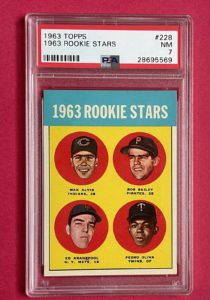
Tony or Pedro? The Tony Oliva rookie card (get one on eBay)
Years played: 1959-1983
Rookie Card: 1960 Topps #136
Career WAR: 50.5
Highest BBWAA Vote Percent: 29.6%
Kaat was one vote short in the last election, and therefore it surprised no one when he was elected this year.
Kaat was a great defensive pitcher and played a LONG time. He put up a 283-237 career record with a 3.45 ERA. Unfortunately, that ERA is only suitable for an ERA+ of 108 for his career.
Kaat’s 1960 Topps rookie card recently sold for $375-500 in PSA 8.
Years played: 1951-1964, 1976, and 1980
Rookie Card: 1952 Topps #195
Career WAR: 53.8
Highest BBWAA Vote Percent: 21.1%
If there were a Hall of Fame for interesting careers, Miñoso would be a first-ballot inductee. He started his career in the Negro Leagues before being in the military during the Korean War, putting up a career OPS+ of 130 and a .299/.387/.461.
He retired at age 38 but then came out of retirement at age 50 for 8 pinch-hit at-bats (with one hit) and again at age 54 for two hitless pinch-hit at-bats. So, Miñoso had the claim to fame to be one of only three players to appear in a game in five decades, with his appearances in the 1940s, 1950’s, 1960’s, 1970’s AND 1980’s.
Miñoso had cards starting around 1946, but his 1952 Topps is generally accepted as his “major release” rookie card. A PSA 5 will set you back $500-700 based on recent eBay sales.
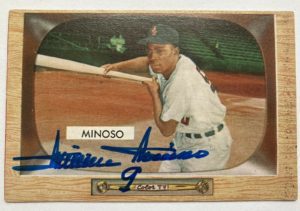
Thanks to the just decision to consider the Negro Leagues to be major leagues, Minnie Miñoso finally made it (get his autos on eBay)
Years played: 1947-1963
Rookie Card: 1949 Bowman #100
Career WAR: 43.9
Highest BBWAA Vote Percent: 63.4%
If one player represents the borderline of the Hall of Fame, it’s Hodges and has been for decades. Some consider him the best player, NOT in the Hall of Fame. Many others consider him a borderline case well below the Hall of Fame standard. Many a pint has been downed over the years while arguing about the Hodges Hall of Fame case. I fall into the group that isn’t screaming for him to be inducted, but I get the appeal. Unsurprisingly, Gil’s election was met with widespread approval in the baseball world.
Hodges features the oldest rookie card on our list, and that 1949 Bowman card in PSA 8 recently sold for around $1,500, showing that Hodges still has many people who think he was a fantastic baseball player.
Most of the players who did not make it are unlikely to be elected in the future. A notable exception is Dick Allen, whose reputation has grown stronger with the years. But that does not mean they will not have value in the future or that they are not worthy additions to any vintage collection.
Years played: 1963-1977
Rookie Card: 1964 Topps Phillies Rookie Stars #243
Career WAR: 58.7
Highest BBWAA Vote Percent: 18.9%
Allen’s career line of .292/.378/.534 with 351 home runs looks pretty solid. However, when you consider the era he played through (one of the lowest offense eras in history), that line is suitable for an impressive 156 OPS+. Therefore, many people consider it deeply unfair that he has
Allen passed away in December of 2020, making the close call on the last ballot particularly unfortunate.
Recent sales of Allen’s 1964 Topps rookie card in PSA 8 have been in the $425-475 range.
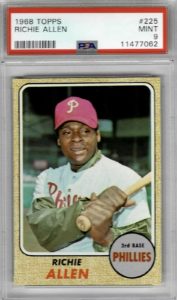
Dick Allen may not be a Hall Of Famer yet, but he has some mighty fine cards (look for this 1968 Topps on eBay)
Years played: 1959-1972
Rookie Card: 1963 Fleer #43
Career WAR: 39.6
Highest BBWAA Vote Percent: 40.6%
Willis didn’t debut in the majors until he was 26 and played 14 seasons, winning an MVP award and stealing 104 bases in a season. Maury was a base-stealing pioneer, clearing the way for Tim Raines and Ricky Henderson. In addition, he was an outstanding defensive player. However, his case is hurt but only put up a career OPS+ of 88.
According to a press release, Wills received “three or fewer” votes. So, he does not seem likely to be Hall of Famer any time soon.
Will’s early career cards are exciting. He didn’t appear on a regular issue Topps card until 1967 but on several regional and oddball sets from 1959 onward. The 1963 Fleer is generally accepted as his RC. However, you can also take your pick of any of his earlier cards. Recent sales of the 1963 Fleer put it in the $150 range for a PSA 7 copy.
Years played: 1957-1968
Rookie Card: 1958 Topps #47
Career WAR: 38.3
Highest BBWAA Vote Percent: 43.1%
It is likely that to the casual baseball fan; Roger Maris leads this list in name recognition. He won the 1960 AL MVP award, then followed it up with a somewhat well-known 1961 season. Maris broke Babe Ruth’s single-season home run record and won an MVP for the second straight season. He held the single-season home run record for 37 years until Mark McGwire and Sammy Sosa broke it in 1998.
That being said, Maris may be the least deserving name on this list as far as being a candidate for the Hall of Fame. He finished with only 275 home runs, a .260/.345/.476 career line, and only 1,325 career hits. The Hall of Fame has maintained that induction into its hallowed halls reflects career distinction, not an honor for any single season, no matter how great.
However, those fantastic 1960 and 1961 seasons continue to drive interest in Maris’ cards despite his career totals. The most recent sale of his RC in PSA 5 was for a very strong $550.
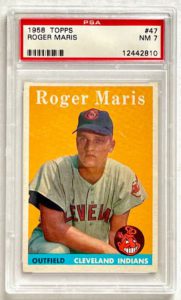
A Roger Maris rookie card remains a great investment (get one on eBay)
Years played: 1955-1969
Rookie Card: 1955 Topps #125
Career WAR: 62.8
Highest BBWAA Vote Percent: 25.5%
Boyer sports the highest career WAR total on the ballot, which probably would surprise many fans and collectors. In this case, Boyer’s Gold Glove defense at the third base helps boost the total, although he was more than a solid hitter. That WAR total ranks 15th among third basemen and outranks several other Hall of Fame third basemen.
2022 was not Ken’s year. However, Boyer isn’t a traditional candidate but a player that advanced metrics favor. Therefore, he stands a good chance of eventually being inducted. It may not be this year, but time will tell.
In PSA 8, Boyer’s 1955 Topps RC has sold recently in the $475-550 range.
Years played: 1948-1964
Rookie Card: 1951 Bowman #196
Career WAR: 53.4
Highest BBWAA Vote Percent: 1.9%
Pierce had a 211-169 career record with a 3.27 ERA, good for a 119 ERA+. He had some fantastic seasons, including back-to-back 20 win seasons in 1956 and 1957. That being said, I consider him just below the Hall of Fame standard for starting pitchers. The committee agreed.
Pierce’s 1951 Bowman card doesn’t have a lot of recent sales activity, making comps tricky. However, PSA’s price guide lists the card in PSA 8 at worth $115.
Years Managed: 1957-1976
Record: 1115-950 .544%
Rookie Card: 1949 Bowman #124
Murtaugh won two World Series and received two manager of the year awards with the Pittsburgh Pirates. He also won his division 4 times and the pennant twice. Does that make him a Hall of Fame manager? To be honest, I have no idea. But the committee, in its infinite wisdom, decided that 2022 was not the year for Murtaugh.
Murtaugh’s rookie card in a PSA 7 will cost you less than $200 if you can find one. Note that there are two versions, one with his name printed in the back in a script and one with the name printed.
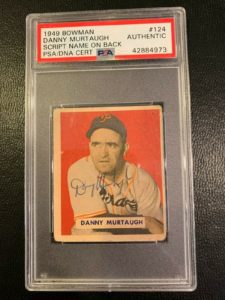
Danny Murtaugh’s 1949 Bowman RC is a real collectors item (look for one on eBay)
A look at some of the PSA pop numbers for the rookie cards mentioned in this article.
| Card | PSA 10 Pop | Total PSA Pop |
| 1964 Topps Phillies Dick Allen #243 | 3 | 902 |
| 1963 Topps Tony Oliva #228 | 0 | 918 |
| 1960 Topps Jim Kaat #136 | 0 | 1,734 |
| 1963 Fleer Maury Wills #43 | 3 | 1,041 |
| 1952 Topps Minnie Miñoso #195 | 0 | 1,017 |
| 1958 Topps Roger Maris #47 | 0 | 5,277 |
| 1949 Bowman Gil Hodges #100 | 0 | 782 |
| 1955 Topps Ken Boyer #125 | 0 | 1,145 |
| 1951 Bowman Billy Pierce #196 | 0 | 370 |
| 1949 Bowman Danny Murtaugh #124 | 0 | 337 |
The players featured on the Golden Days Era ballot are well-known quantities and have had several shots at the Hall of Fame. That being said, their rookie cards are some cool vintage cards that will be in demand regardless of whether these players make the Hall or not.
Now that Minoso, Hodges, Kaat, and Oliva have been elected, we can expect their cards to get at least a slight bump in value. Furthermore, at least some of that bump will persist long into the future.
what was Panini doing? 🙄
I compared sports card prices from the big sellers to save YOU money
Is GameStop buying PSA? (the truth!)
I ripped an entire case of Phoenix Football (BIG win or MASSIVE loss?)
Make an extra 30% PROFIT on eBay with this sports card hack
What's your biggest trading card regret? This is a safe space. 🤣
I used ChatGPT to invest in sports cards (and make this thumbnail lol)
Easy hack for buying Tyrese Haliburton rookies at a DISCOUNT.

BCW Thick Card Toploaders 197 Pt. 10 per pack
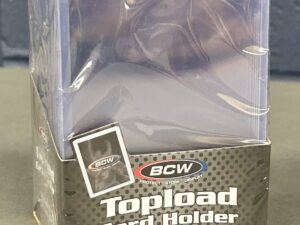
BCW Thick Card 59 Pt. Toploaders. 25 per pack

BCW 20 Pt. Toploaders. 25 per pack
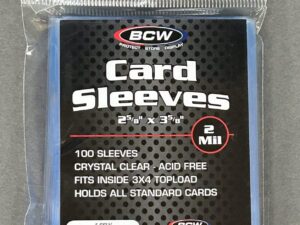
BCW Standard Card Sleeves. 100 per pack
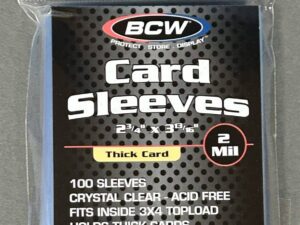
BCW Thick Card Sleeves. 100 per pack

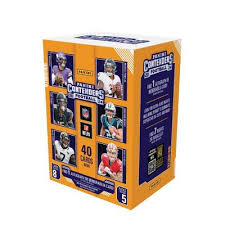
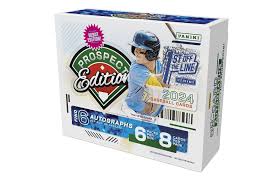
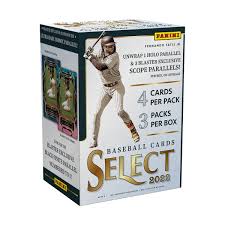
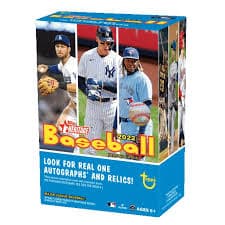
2022 Topps Heritage Baseball Blaster Box Configuration: 7 Packs per Box – 9 Cards per Box. Plus 1 extra pack.
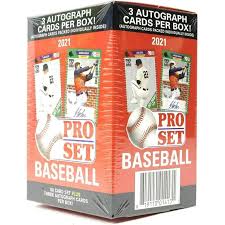
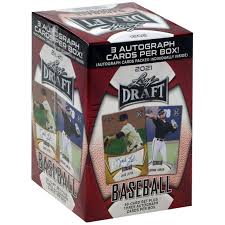
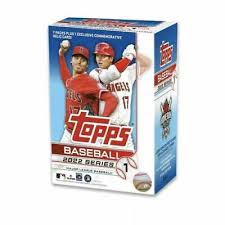
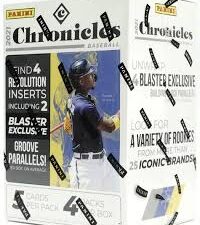
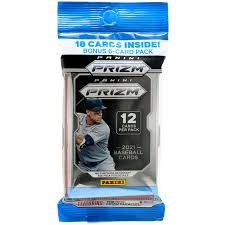
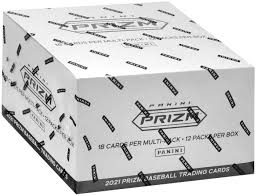

© Copyright 2025 - All rights reserved Cardlines.com / Media Techs LLC - Sports Card News, Reviews, Releases and BREAKS - #thehobby.
Important: When you click on links to various merchants on this site and make a purchase, this can result in this site earning a commission. Affiliate programs and affiliations include, but are not limited to, the eBay Partner Network.
The SAD story of Collectable. What went wrong? (The Downfall Fractional Sports Card Investing)
Cardlines 6 hours ago